Leonardo’s Proteus ‘Airborne Collaborative Platform’ is expected to have its first flight in early 2025.
Since 2013, Leonardo and the UK Ministry of Defence (MOD) have collaborated to explore the potential of a Rotary Wing Uncrewed Air System (RWUAS) for delivering military effects.
This effort culminated in a four-year, £60 million contract awarded in July 2022 for the RWUAS Phase 3A Technology Demonstration Programme (TDP), referred to as ‘Proteus’ by the Royal Navy.
Leonardo is developing a 2-3 tonne technology demonstrator with inherent modularity and autonomy, designed, developed, and manufactured in Yeovil, UK. This programme aims to provide evidence that existing aviation capabilities can be augmented with uncrewed air systems. Managed by DE&S’s Future Capability Innovation (FCI) and Leonardo’s Future Programmes Group (FPG), the project seeks to harness technology development within an agile framework.
Primarily driven by the Royal Navy and funded via the Anti-Submarine Warfare (ASW) Spearhead Programme, the latest phase of these investigations focuses on a Technology Demonstrator. This initiative supports both the Defence Capability Framework and the Royal Navy Fleet Air Arm 2040 vision.
Testing of a 3D printed scale model of the Proteus is currently underway in Yeovil’s specialist helicopter wind tunnel. This marks the first time an uncrewed rotorcraft model has been tested on site, providing essential aerodynamic data to assist in creating an accurate flight profile. This testing phase is crucial for understanding the platform’s aerodynamic performance and will inform further design and development work.
The approximately 3-tonne Proteus prototype is designed with modularity in mind, allowing it to be adapted for a wide range of military roles.
Adam Clarke, Managing Director of Leonardo Helicopters UK, highlighted the company’s dedication to advancing helicopter technologies, stating, “In the UK, Leonardo is investing hundreds of millions to sustain our nation’s position at the forefront of rotorcraft research, design, and manufacture. We’re developing and designing advanced new helicopter technologies for our own Armed Forces, we’re exporting helicopter products all over the world and we continue to invest in our people and infrastructure in order to meet the emerging multi-domain and digital requirements of the most sophisticated military customers.”


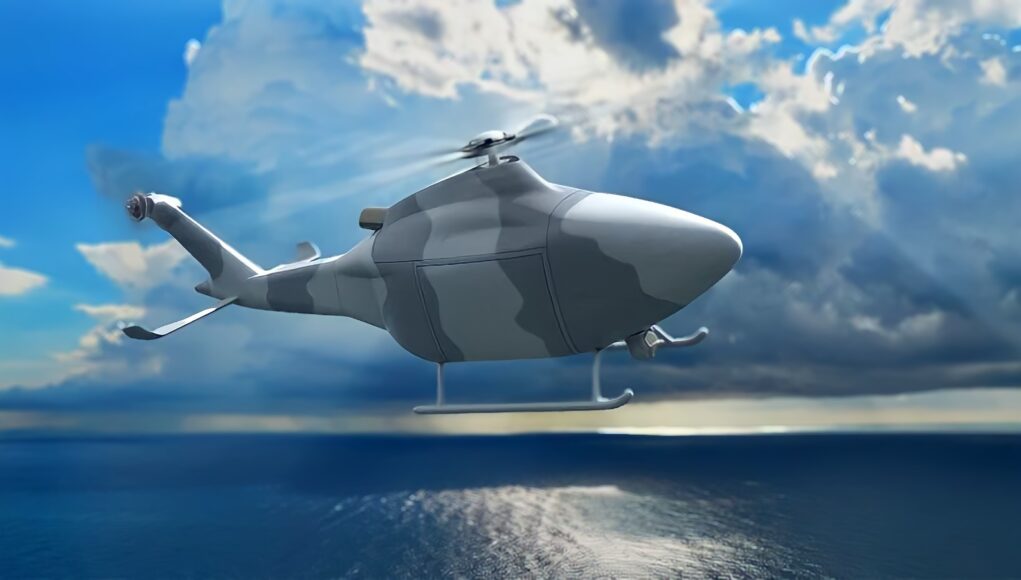

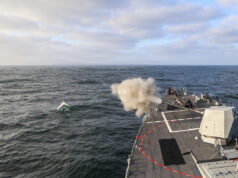
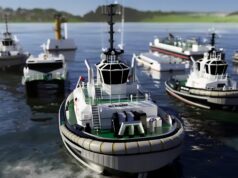
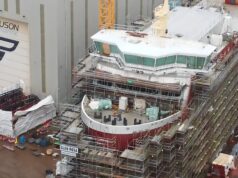
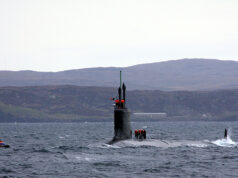
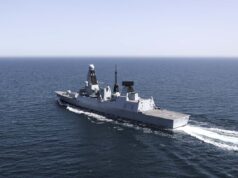

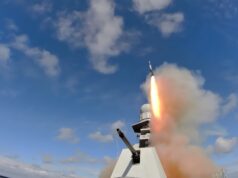
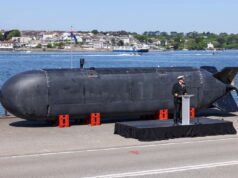
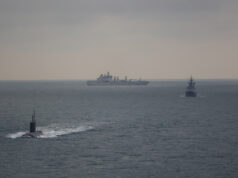

How many more of these experimental exercises before they realise leadership is about decision making and making things happen.
To be fair historically the military have been poor at adopting new tech until such time as they are 100% sure it works and every possible use has been explained and demonstrated. Even then they refuse to consider any approach other than one which is tried and tested over generations. If you give the military a choice they would use this helicopter for delivering the mail for about 10 years (even though nobody uses mail anymore).
RN reticence of new tech is certainly entrenched in it’s history.
Take HMS Gannet now at Chatham Historic Dockyard. At the time of her construction, the admiralty didn’t know whether to stick to sail or go with the new technology of steam. So she was configured with both!
A perfect sensible arrangement for a coal fired steamship, especially one serving in the Pacific where coal powered ships never outnumbered sail. RN ships tended to be more forward learning than most “Hurricane Jumper” Calliope having far more installed power than her unfortunate American and German companions.
By that point Chinese already stolen the designs and are away ahead in deploying and developing
this kind of thing is being copied/repeater everywhere and isn’t really all that newsworthy. the flexibility of tasks machines like this can do is what makes them a unique subject. but all in all what size of Asw torpedo can it carry .
It is supposed to be able to carry 1000kg, but that value should include all electronics and modules for missions. Still it should be able to carry a Stingray maybe even 2, but should be flexible to have more fuel or less.
Excellent, another project. Pity we don’t order something, like the twice (?) delayed medium helo.
What’s the saying. Necessity is the Mother of invention. We will need this thing if we get anywhere near war and then we won’t be able to get enough of them.
Having even one site in the UK that can produce a semi-autonomous UAV rather than just buying them in from the States is a win in my book. The advertised spec in terms of size, weight (3t MTOW) and payload (1t) looks like that of the AW09, although the base and tail sections look different to accomodate the modules. Commonality of parts could drive down the price.
It also gives us a good idea of cruise speed (140 kts), range (800 km) and endurance (5 hrs), although they might have choosen to trade payload for fuel tanks: the sling load of an AW09 is 1.5 tons. The cost of the commercial copter is a bit north of £3.5m a unit. Proteus will probably be more expensive so not what you’d call attritable.
Leonardo have said that the tech demonstrator is based off the AW109 airframe, I doubt it will turn out looking like the CGI
For ASW they probably wanted more loiter time and range, the concept is to have several of these operating from one ship so they don’t need the full equipment package.
A twin engine helicopter? Well that would be a surprise. Why base a single-engine UAS on the airframe of a twin engine model? Do you have a link?
AW09, light single, formerly Swiss opera.
Thanks Jon for adding a few specs to the article. 2,000lb payload is pretty useful.
I have great hope for this. But will MoD actually buy any or just inform further decisions a few years down the road when taxpayers have been fleeced a little bit more?
Yeah, I’m pretty sure that they’ll need to “gain a deeper understanding of future drone operations ” before they commit to anything as it’s not as if they haven’t been trialling these systems multiple times over the past decade. Did someones dog eat all the notes they took?
This does seem to be the issue with a lot of autonomous capabilities….lots of tests and no purchases to make them operational…and without them being operational..you don’t really know what you need…so more tests.
The USN have mothballed a load of Fire Scout Cs and will cease to operate them by the end of the year. If we wanted to find out how to operate something in the same class, I’m sure we could take some off their hands at a very reasonable price. They would be of far more use to RN than the USN. We might even get some for use in the Caribbean for free. Treasury would immediately want to cancel indegenous Proteus, of course, so it would have to be billed as a limited/interim capability.
We won’t do that, because the MOD/Navy has no money put aside for opportunistic purchases (even free ones have operating costs), no identified and agreed requirement, no competition ready, etc, etc. It would need someone in NavyX to trial them. Which is where your post came in.
Yes that would be perfect, 2000-3000kg weight class, one RN squadron worth to provide alternative small ship flights as a way to learn operationally as we one for the army as a small scout rotor replacement.
If they are cheap second hand…they can be an interim until the RN ect get around to building their final version..but in the meantime they will have squadron and operational expertise of running a 2-3 ton autonomous vehicle..with the squadrons in place and with experience, as well as the capability in hand.
Around second hand purchases, yes there are some possibilities out there as well as more rebuilds, updates..there are I believe a number of tranche 2 typhoons that could be got cheap as a replacement for the tranche 1s.
Tranche 2 Typhoons are a better bet to upgrade I think. If the price and airframe hours are right that sounds like a good move. The sort of bargain but that would appeal to our new Chancellor of the Exchequer.
The US has been running drones successfully for years. It appears we are reinventing the wheel and getting nowhere near obtaining anything. Like the Mosquito UAV, spent a load of money, spent years “learning” and scrapped it.
Either buy a working platform or run a project properly with the end goal of a working platform for the Armed Forces use.